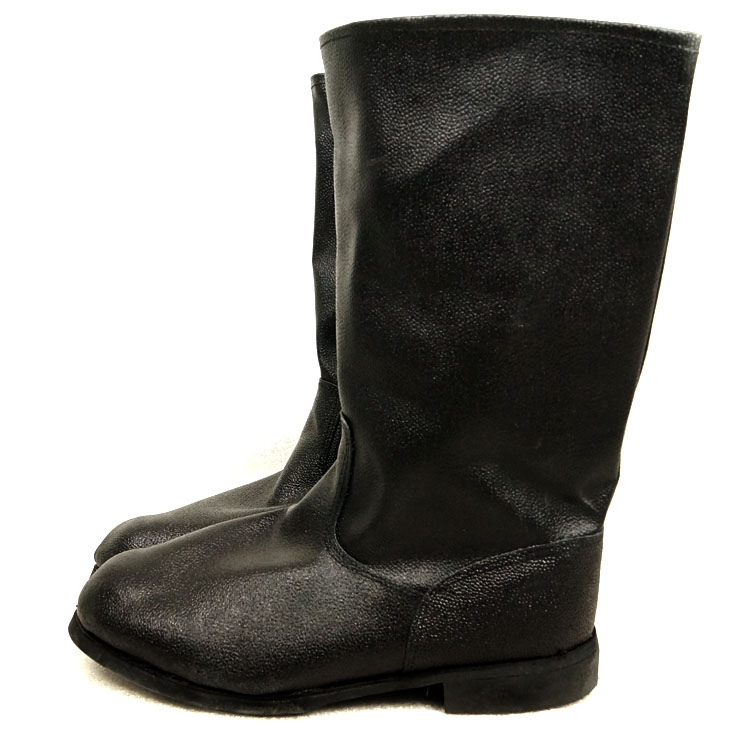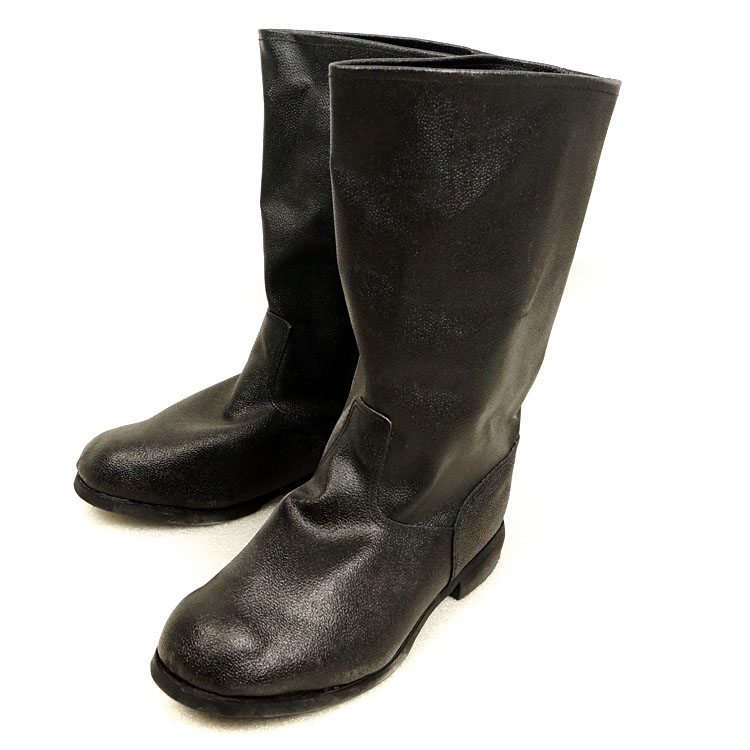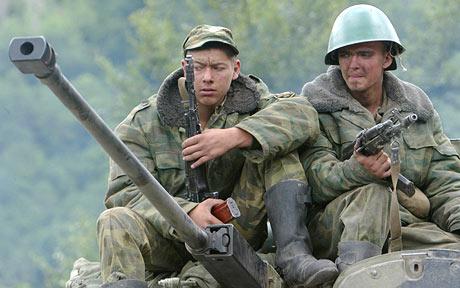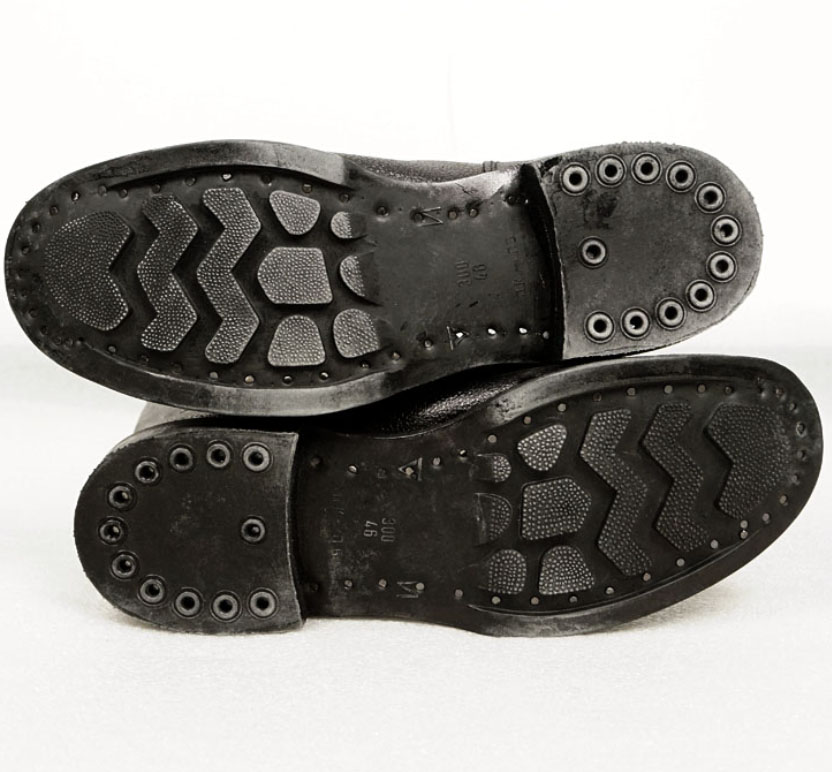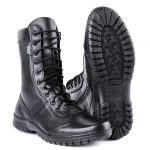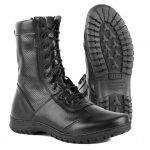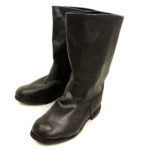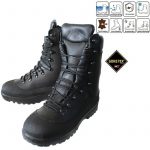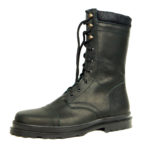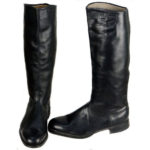Jack Boots
78,35$
Description
Jack Boots – Russian army boots, Soviet boots. Jackboots first arrived in the middle of WW2 (World War 2).
Jackboot have seen many conflicts – WW2, Afghanistan War, Chechen Wars and many other.
Military soldier type nailed soles, without sidestrap. About 40 cm high. 40 cm calf.
Jack boot were used by Soviet and Russian soliders till about the beginning of the 21st century.
Jack boots walked half of Europe in World War II, but even decades later these historic shoes have not been written off in museum archives.
And they are still produced now for use by construction and other workers.
Jackboots fabric (tarpaulin or kirza, kersey) invention has a long history. Oiled fabric for their ships was used by the Vikings; Aztec Indians sewed capes and shoes from it; 19th century invention – raincoats made of rubber-soaked fabric, macs. Russia was also looking at this technology in attempts to replace expensive leather: three million rubles were spent by the treasury annually for jack boots.
Canvas fabric soaked in a mixture of paraffin, rosin and egg yolk. The invention of 1904 by Mikhail Pomortsev. It looked like leather, it didn’t let water through and “breathed”. The baptism of fire a novelty took place in the Russo-Japanese War: bags and cases for artillery were sewed from it. And Pomortsev was awarded a gold medal at an exhibition in Milan.
After 30 years, Soviet scientists Boris Byzov and Sergey Lebedev received cheap artificial rubber, the impregnation of which also made the fabric look like genuine leather. Ivan Plotnikov set up footwear production on an industrial scale. Just before the war, when it was urgent to shod an army – at least in bast shoes. Chemists also helped here.
High state award for the development of material. In 1942, along with the designers of the legendary Katyusha, Il and Yak aircraft, the chemists and creators of tarpaulin boots received the Stalin Prize of 100 thousand rubles. The Soviet Union became the world’s largest producer of tarpaulin. 85% of all production is for the needs of the army.
“Let’s get to Berlin!” In 1944, the Soviet artist Leonid Golovanov painted one of the most famous wartime posters. A smiling soldier straightens a tarpaulin boot. The artist portrayed the sniper Vasily Golosov, on whose account there were more than 400 Nazis. The fighter himself fell in battle, but the poster retained the image of a war hero in the postwar years.
“Durable and comfortable to use.” The peaceful history of jack boots goes back decades. About 150 million couples left the assembly line to put on builders, grain growers and … the most daring fashionistas. So, Vyacheslav Zaitsev drew attention to jackboots. Couturier painted the rough soldier’s shoes in orange in one of the first collections.
Jackboots in the 21st century become part of the museum exposition. In one of the oldest museums in Russia – the Tula Museum of Arms – a whole collection devoted to the history of soldier’s shoes. In the Kimra Museum of Local Lore, jack boots are adjacent to the film relic – boots specially sewn in 1961 for filming the movie “War and Peace” by Lev Tolstoy.
Jack boots in bronze. The monument by sculptor Dmitry Baykov is installed in the military town of Zvezdny, Perm Territory. 40-kilogram boots unite the generations of artillerymen who served in these places and the inhabitants of the village, most of whom also minted a step on the parade ground, as usual – in jackboots.

